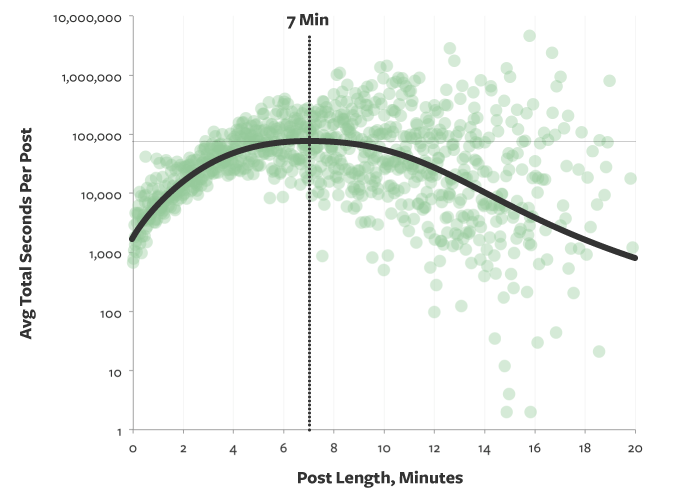Science journalism, longform & authenticity (Top3ics, 12 August)

In this week’s newsletter I return to the “3 Topics, 12+ links” template of week 1, but present things a little differently…
Stop blocking vital research
Last week’s The moral imperative for bioethics by Harvard University’s Steven Pinker made a powerful case for an approach to bioethics which would “get out of the way” and …
“not bog down research … based on nebulous but sweeping principles such as “dignity,” “sacredness,” or “social justice.” Nor should it … sow panic about speculative harms in the distant future… slowing down research has a massive human cost.”
An excellent example of reframing the debate, whatever your actual opinion.
You may have missed: Unhealthy Fixation, Slate’s awesome longread on GMOs last month. Again, whatever your opinion, read it … if only to appreciate William Saletan’s ability to make almost 10,000 words palatable.
More: Both are tagged sciencejournalism, as are another 11 resources.
Longform: the evidence piles up
The Slate piece was also - unsurprisingly - tagged longform.
Anyone who’s read my oldblog can attest that I’ve been longform since 2008, so this is a topic dear to my heart. This week I particularly liked The Death of Snackable Content, which reports research confirming my long-standing hope that:
the tide is actually moving away from 140 characters and ephemeral photos, and toward long-form specialty content… on average, articles with 3,000 to 10,000 words had 8,500 shares, whereas content with 1,000 words or less averaged 4,500 shares… there is far more value in creating a strong community around a specific topic than mass-producing content for the masses.
In 2015 is the year the old internet finally died, however, Todd VanDerWerff argues that while:
“well-done longform could be the steak, it couldn’t be the meal… Social media has, essentially, turned every content provider into a syndicator… And if you work in online media, that’s terrifying.”
Other articles tagged ‘longform’ this week:
- The secrets of writing smart, long-form articles that go absolutely viral (Fast Company)
- The optimal post is 7 minutes (Medium)
You may have missed other resources tagged longform recently:
- The launch of Breaking Smart
- Longform overload (CJR)
- Longform bubble? (Through the Cracks)
Beme me up
Longform is not the only reaction against the crapsnackable content flooding “first generation” social media platforms.
I for one cannot wait for nextgen social media if it’s about making social media social again.
tl;dr: Beme and others like it are a reaction against the way social media has been co-opted by marketing, including self-marketing. It’s no longer about who we are, but how we - ourselves, our employers, clients, etc. - wish to appear. I’ve been tiring of it, and I know I’m not alone. If you ‘do’ social media for yourself or a client, you may want to watch this wave and ask yourself:
“What happens to my social media strategy when users prefer stripped-down authenticity and reject anything given a careful polish? How will my client look? How will I look?
As the old saying has it: in an era of transparency, best look good naked.
You may have missed other resources tagged authenticity earlier:
- How NASA won the internet (Quartz, 2015)
- How Bots Took Over Twitter (HBR , 2015 )
- Poisoning the well for EU social media (my oldblog, 2009)
Shameless plug & request for questions
I’ve assembled an awesome line-up of speakers for a workshop on online communities at this October’s EuropeCom2015 conference:
- Steven Clift (@democracy), Executive Director, e-Democracy.org
- Christel Vacelet (@christelvacelet), Communications Manager, European Schoolnet
- Olivia Butterworth (@LiviBF), Head of Public Participation, Patients and Information at NHS England, UK
I’d love your questions beforehand so fire away.
Other recommendations this week:
- Echoing Todd VanDerWerff’s piece on journalism’s challenging future in an era of social platforms: Mutually Assured Content (see 158 resources tagged media)
- Living Wisely in the Digital Age, part 1: Social Media (Kevin Ferguson)
- Ways newsrooms are experimenting with podcasts and Vine (journalism.co.uk)
As before, feedback welcome below, subscribe here or from the button (above right), and browse all (3) issues.
Related reading
More Stuff I Think
More Stuff tagged media , newsletter , authenticity , bioethics , longform , science journalism
See also: Communication Strategy , Content Strategy , Media , Politics , Communications Strategy